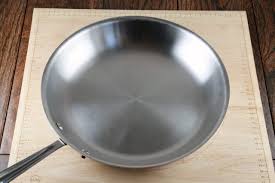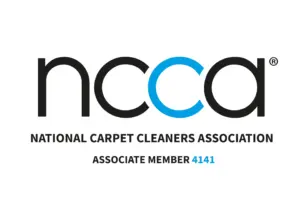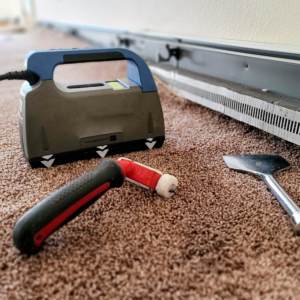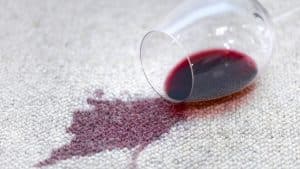Introduction
Cleaning stainless steel pans may seem like a simple task, but achieving that pristine, spotless shine requires a bit of finesse and the right approach. Stainless steel cookware is a kitchen staple for many due to its durability and ability to distribute heat evenly. However, maintaining its shine and preventing discoloration or food buildup requires proper care. Here’s a comprehensive guide by AEG Cleaning Service on how to wash stainless steel pans effectively.
Immediate Post-Cooking Care
After using your stainless steel pan, avoid letting it sit with food residues. Start by allowing it to cool down slightly, then promptly rinse it with warm water. This step prevents food particles from adhering to the surface, making the cleaning process more manageable.
Mild Detergent and Warm Water
Using a mild dishwashing detergent, fill the pan with warm water and let it soak for a few minutes. This helps loosen any stuck-on food particles and makes cleaning easier. Ensure the detergent is specifically designed for stainless steel to avoid damage.
Gentle Scrubbing and Non-Abrasive Tools
Using a non-abrasive sponge or cloth, gently scrub the pan’s surface. Avoid using steel wool or harsh abrasives as they can scratch stainless steel, ruining its finish. For stubborn stains or residue, a paste made from baking soda and water can work wonders without causing damage.
Dealing with Stubborn Stains
For tougher stains or burnt food residue, fill the pan with water and add a small amount of vinegar. Boil the solution for a few minutes, then let it cool before scrubbing. The mild acidity of vinegar helps loosen stubborn stains without damaging the stainless steel.
Drying and Polishing
Once cleaned, rinse the pan thoroughly with clean water to remove any detergent or cleaning solution residue. Use a soft, dry cloth to wipe the pan’s surface dry. Air drying or using a towel is suitable, but ensure it’s completely dry to prevent water spots or streaks. For an added shine, a few drops of olive oil or specialized stainless steel cleaner applied with a soft cloth can help restore its luster.
Regular Maintenance:
To maintain the stainless steel’s brilliance, avoid using cooking sprays directly in the pan as they can leave a residue that’s challenging to remove. Additionally, refrain from using harsh cleaning agents or abrasive tools during regular cleaning to preserve the pan’s quality over time.
Conclusion
Caring for stainless steel pans involves a gentle touch and the use of suitable cleaning agents. Regular and proper maintenance not only ensures their longevity but also keeps them looking as good as new. By following these steps and using the right tools and products, you can easily keep your stainless steel pans sparkling clean for years to come.
In essence, taking care of your stainless steel pans involves a delicate balance between effective cleaning and preserving their quality. By incorporating these steps into your cleaning routine, you’ll ensure your stainless steel cookware remains a shining star in your kitchen arsenal.
FAQs
1. Can I use a dishwasher to clean my stainless steel pans?
While some stainless steel pans are labeled dishwasher-safe, frequent dishwashing can cause discoloration or dulling of the pan’s finish over time. Handwashing with mild detergent and warm water is recommended to maintain the pan’s quality.
2. Is it normal for stainless steel pans to develop discoloration or stains?
Yes, stainless steel pans can develop discoloration or stains. Using a mixture of vinegar and water or specialized stainless steel cleaners can help remove such stains.
3. How do I prevent water spots or streaks on my stainless steel pans after washing?
To prevent water spots or streaks, ensure thorough drying after washing. Use a soft, dry cloth to wipe the pan’s surface until completely dry, or air dry it. Applying a few drops of olive oil or a stainless steel cleaner and buffing it with a soft cloth can also help maintain a shiny finish.
4. Can I use metal utensils when cooking with stainless steel pans?
While stainless steel is durable, it’s recommended to avoid using metal utensils to prevent scratching the surface. Opt for silicone, wooden, or plastic utensils to maintain the pan’s finish and prevent damage.
5. What should I do if my stainless steel pan has a rainbow-like discoloration after cooking?
Rainbow-like discoloration, known as “heat tint,” is a natural occurrence caused by exposure to high heat. To remove it, you can soak the pan in a solution of equal parts water and vinegar, then gently scrub and rinse. For persistent discoloration, a specialized stainless steel cleaner may help restore the pan’s shine.
If you want to avail this service and other services like carpet cleaning, upholstery cleaning, home cleaning, landlords & Airbnb, and office cleaning. You can book with us now!

